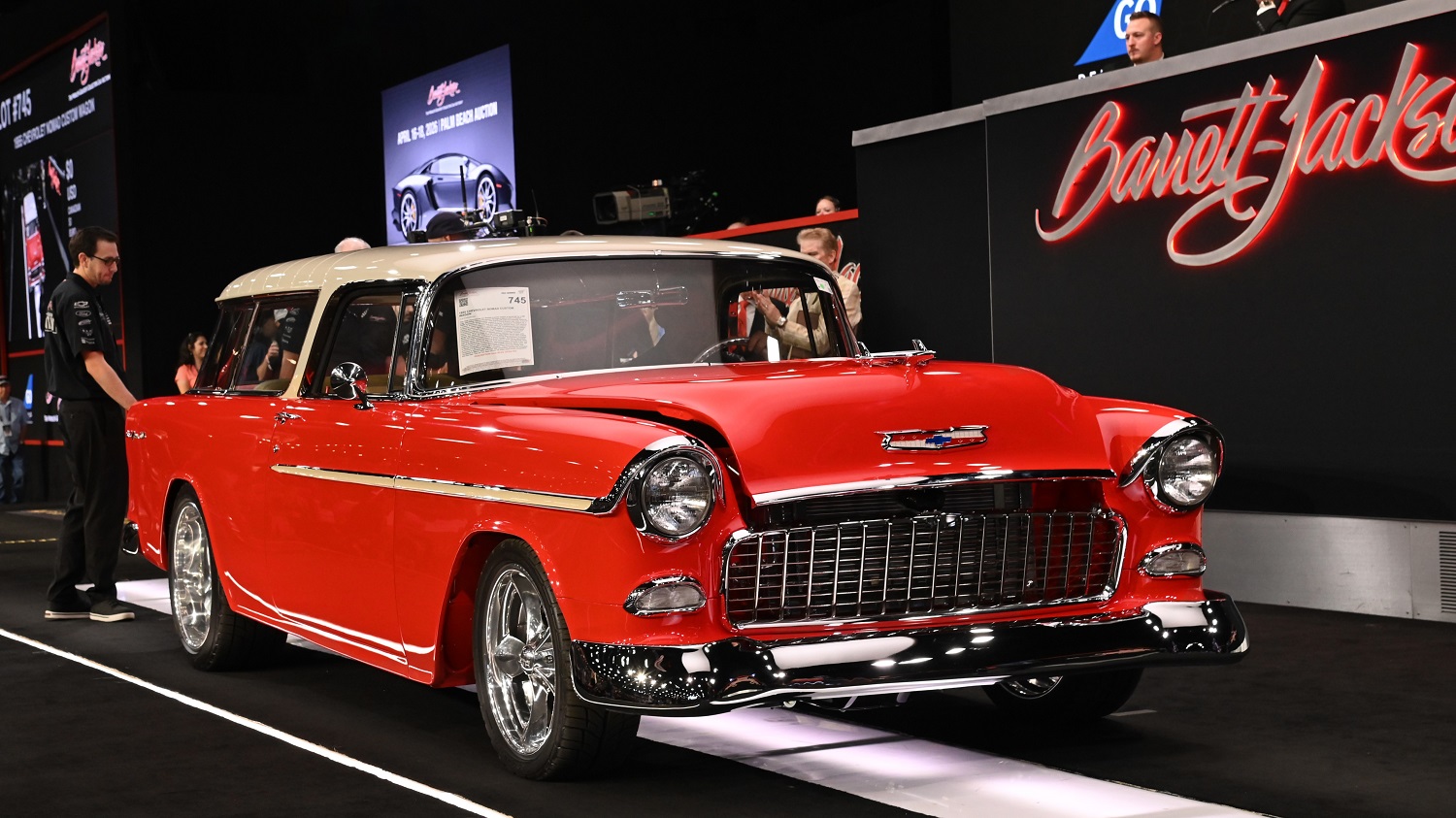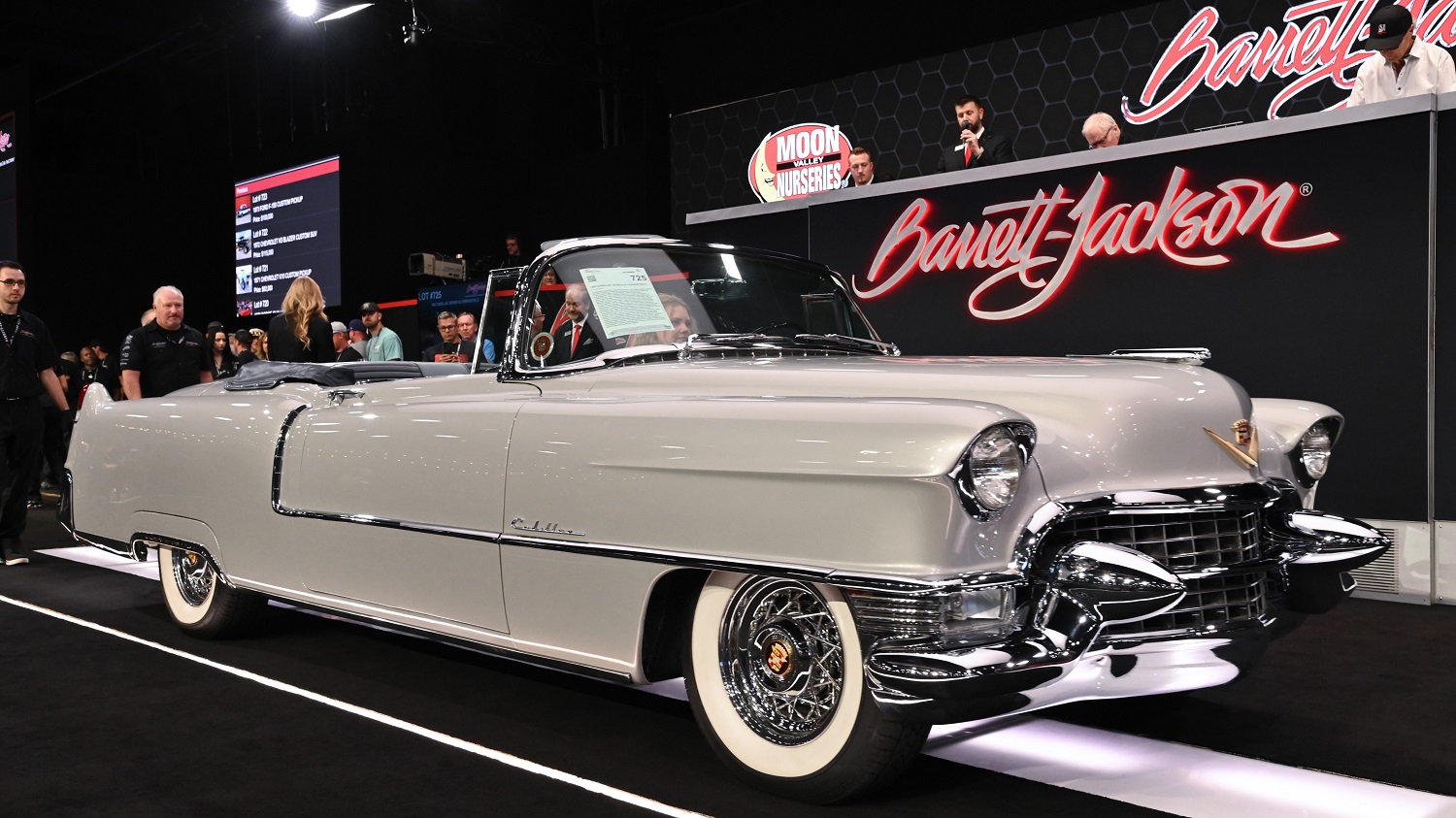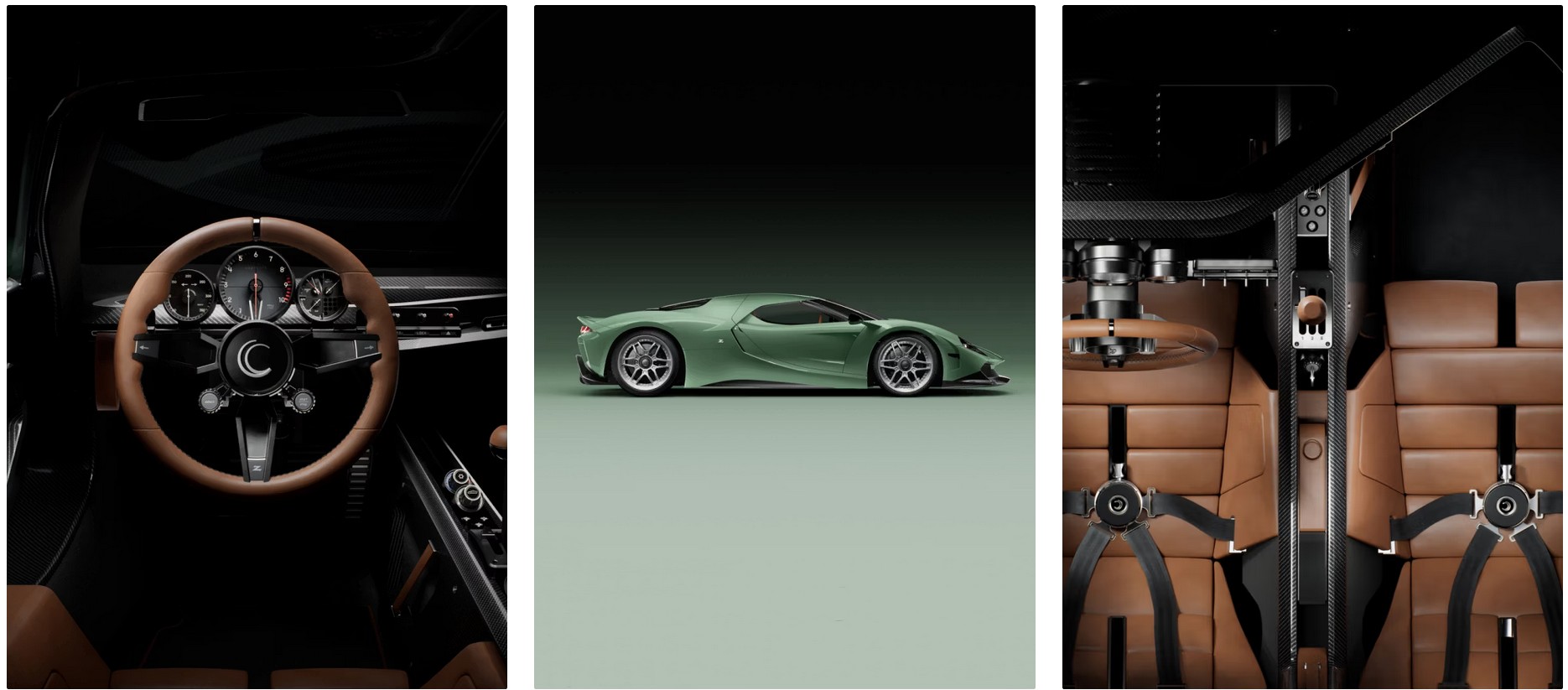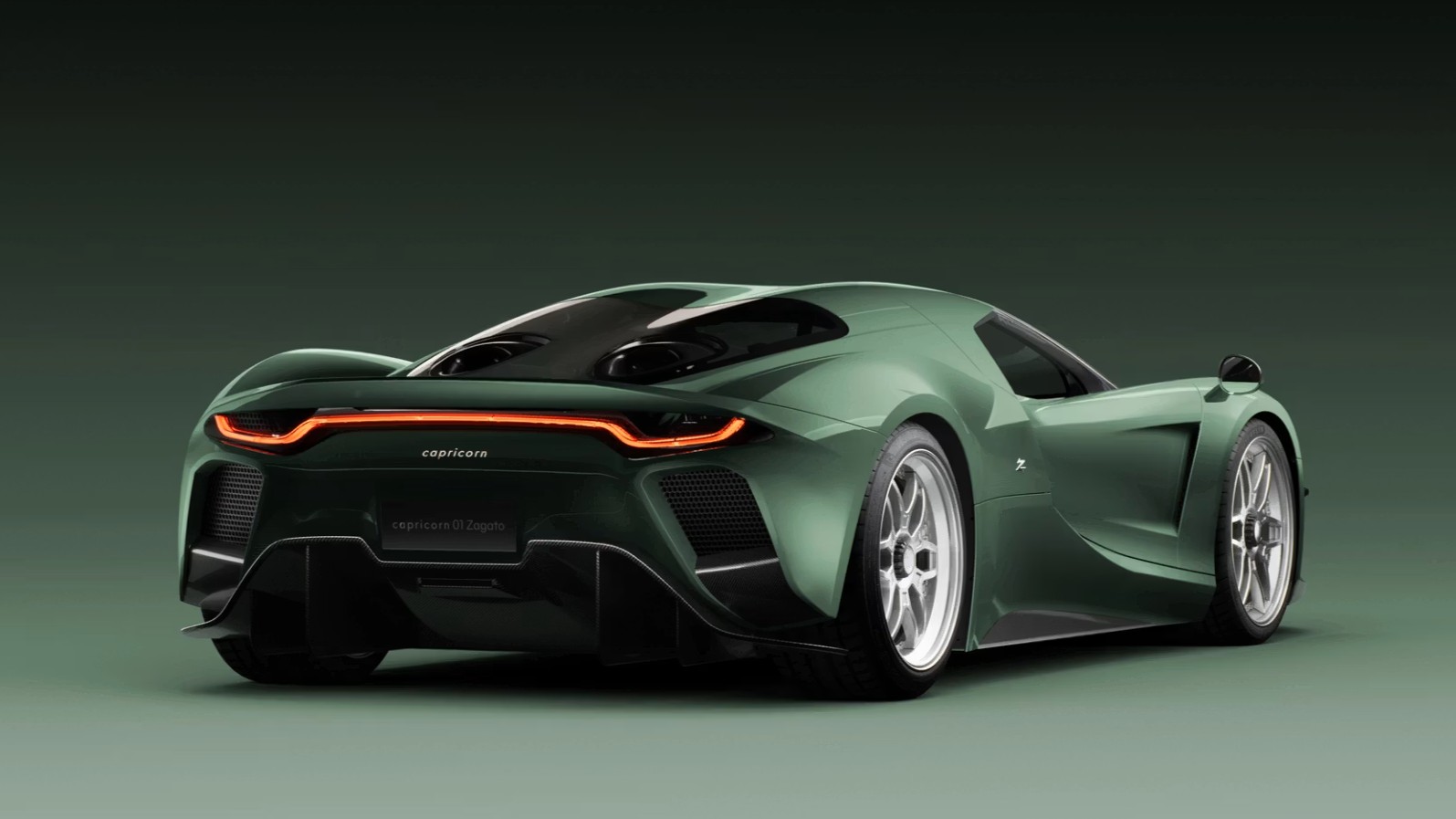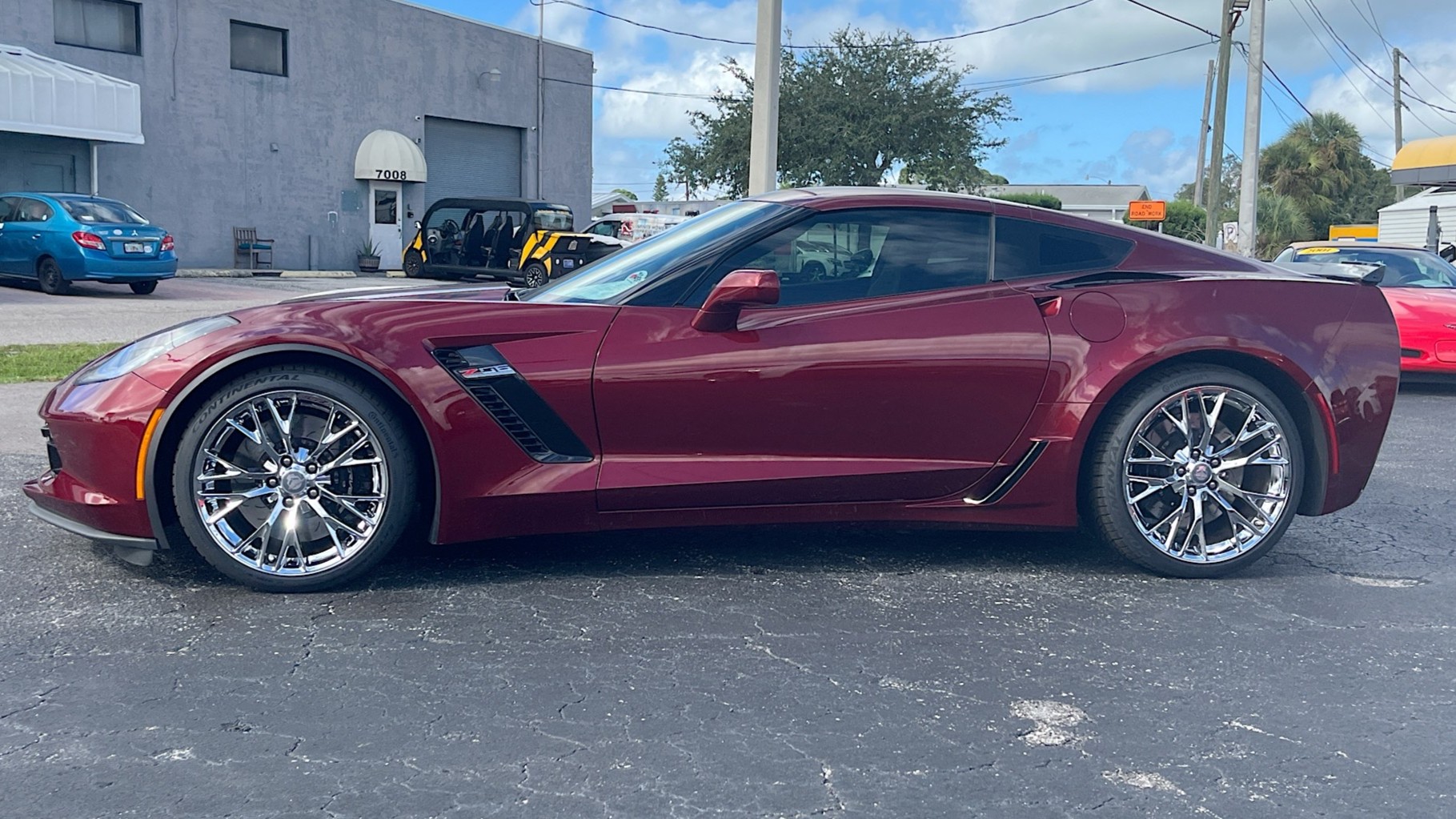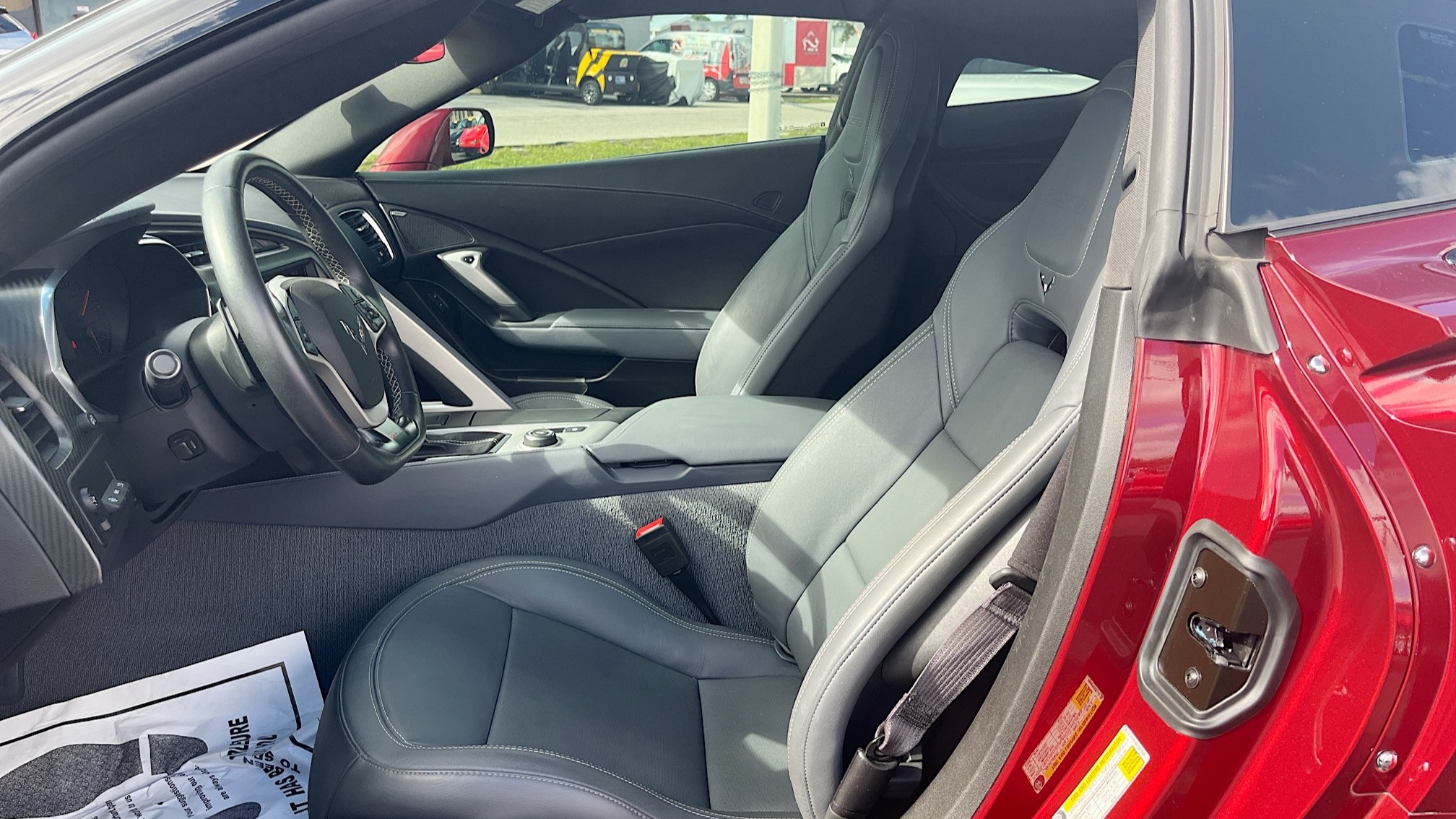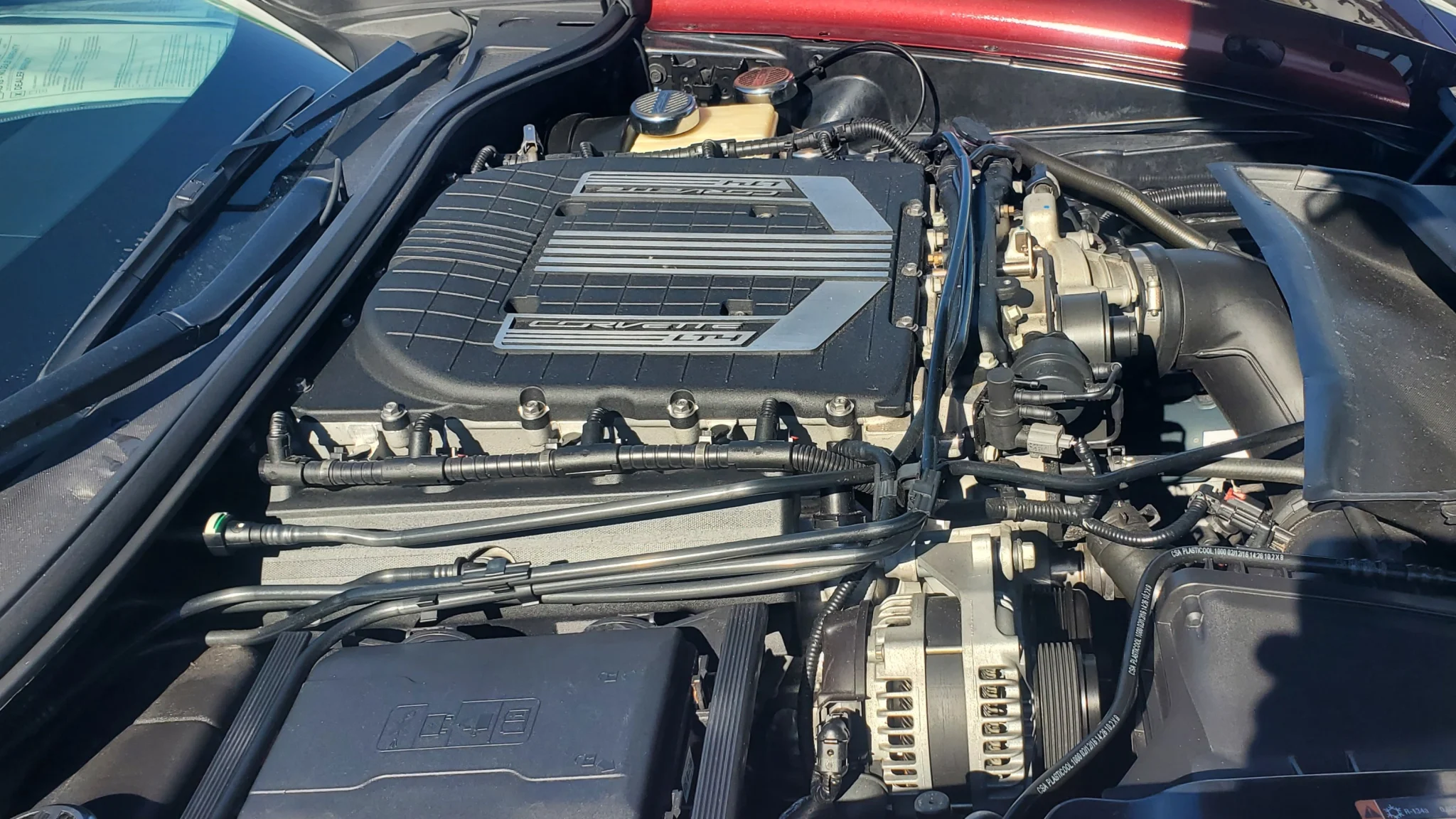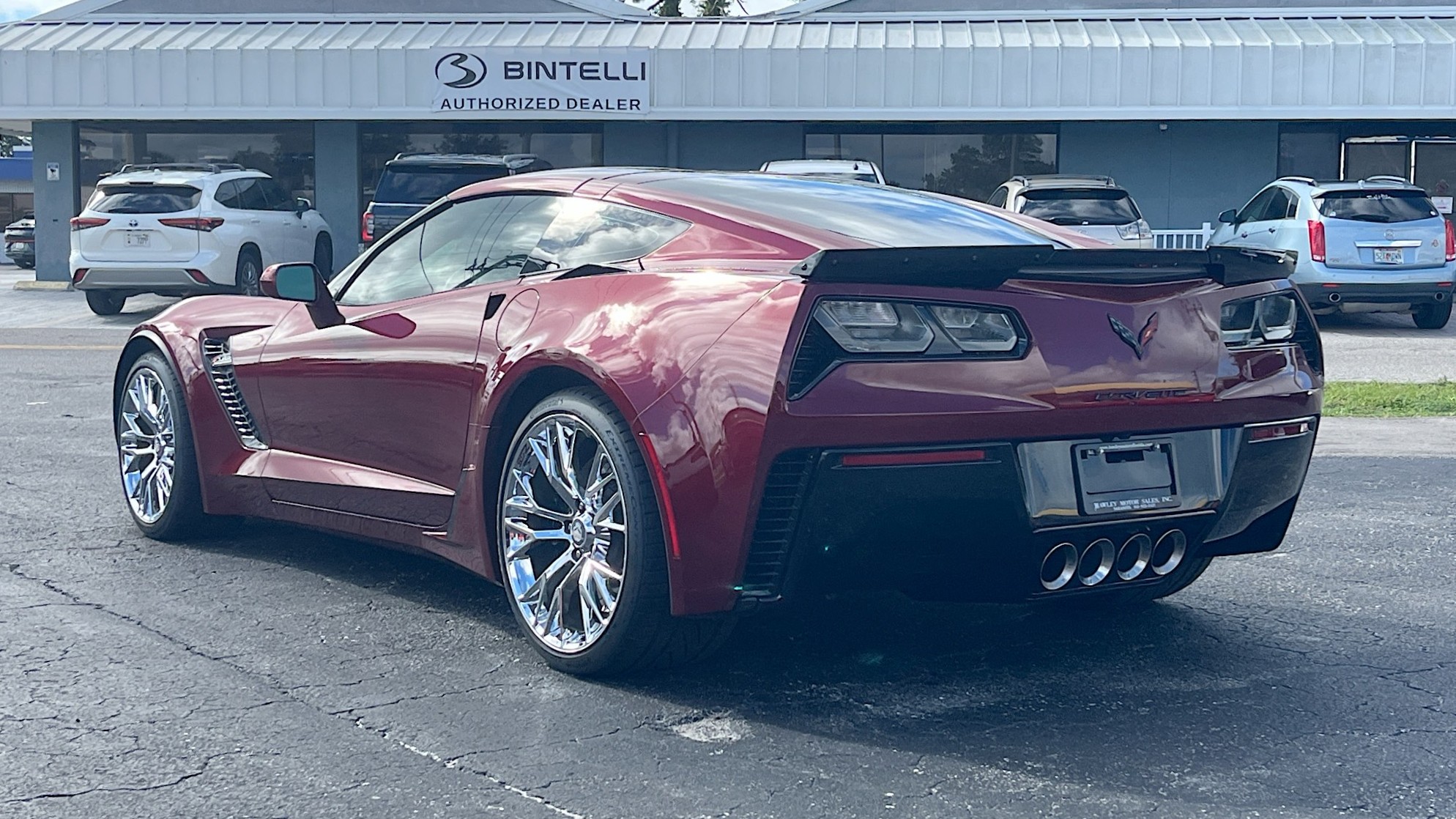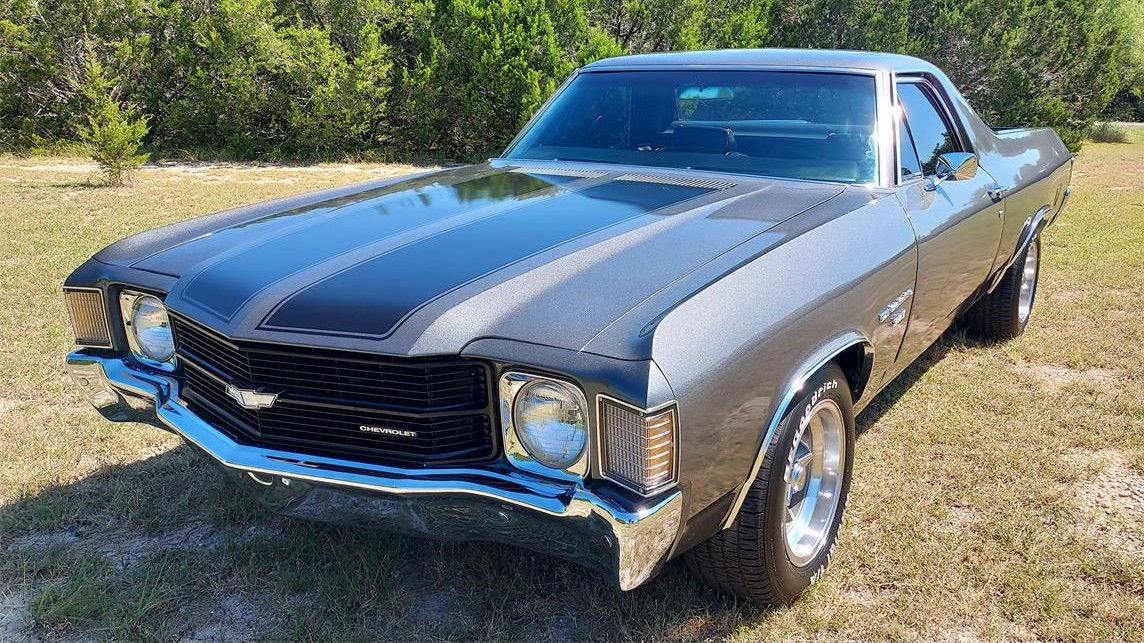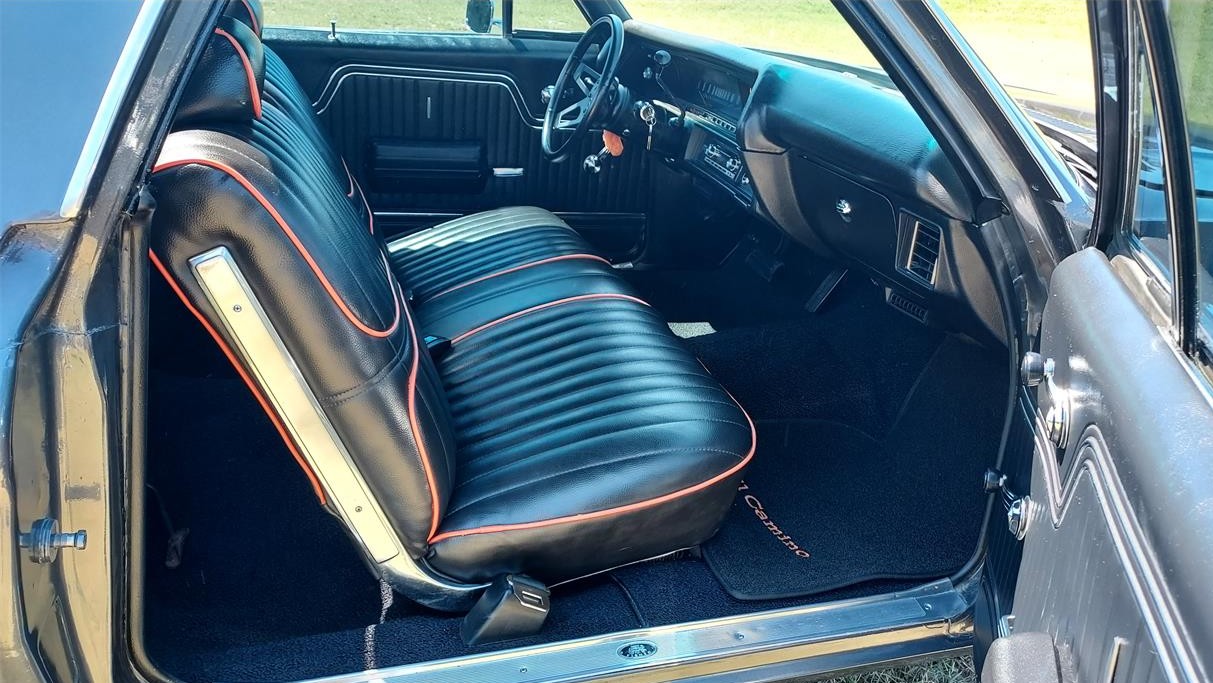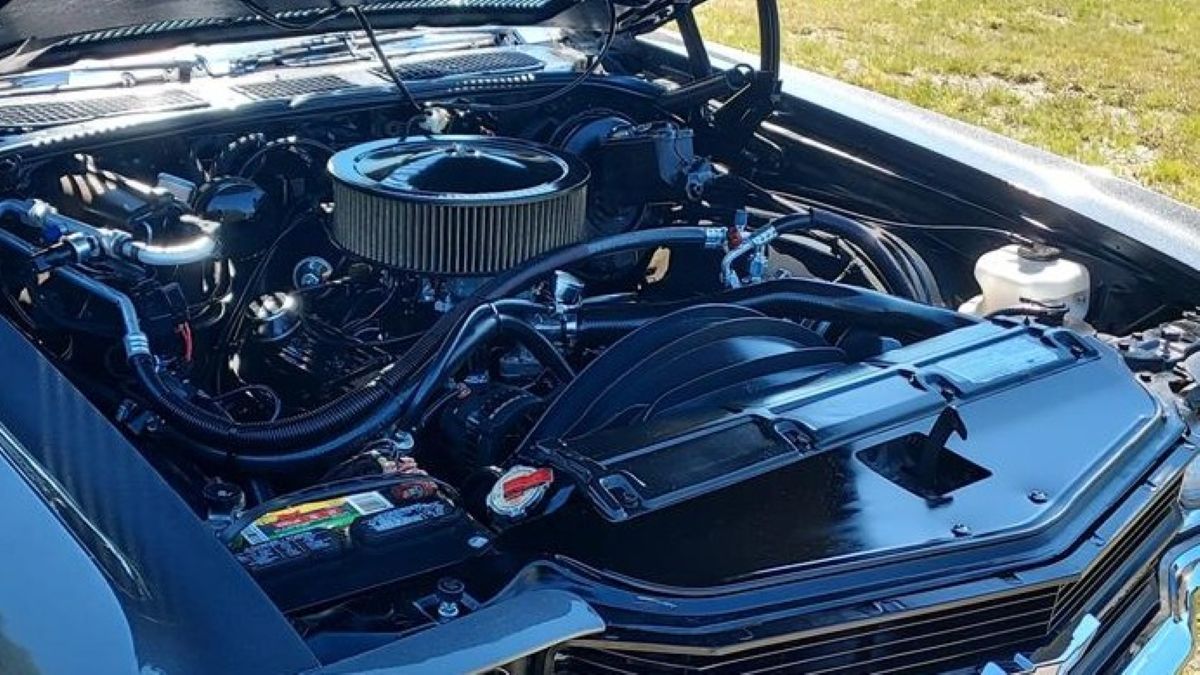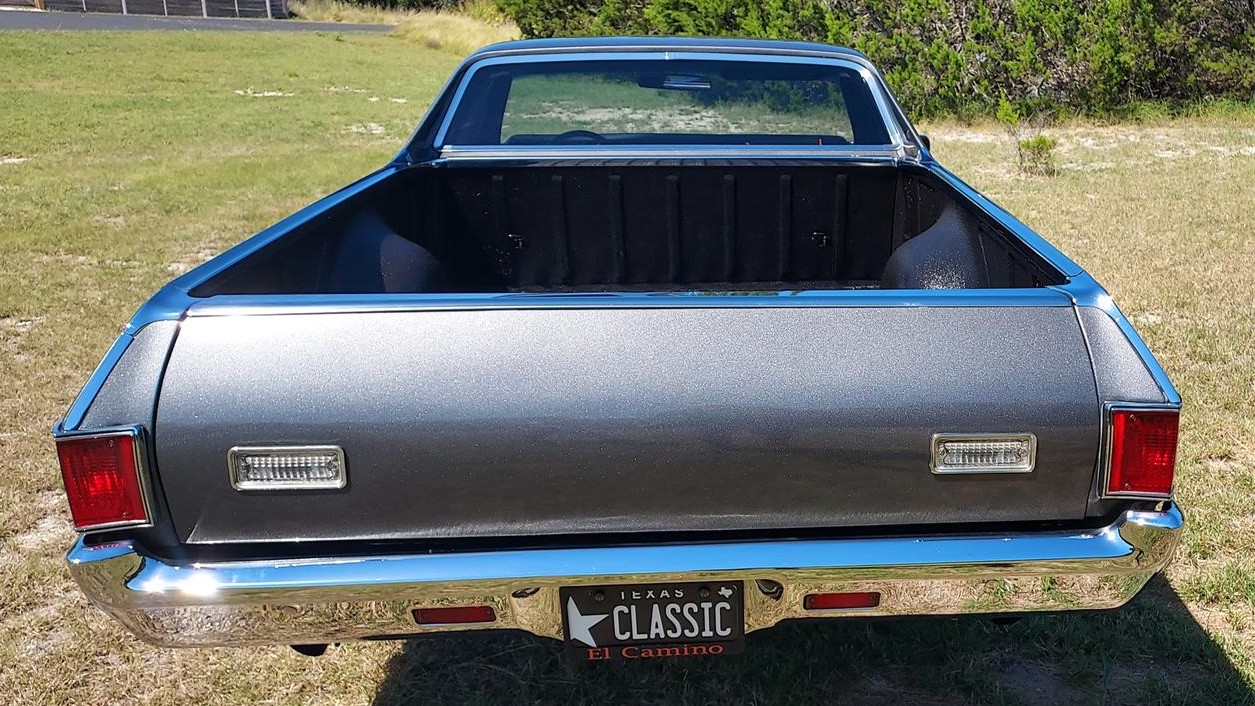Imagine time-traveling to 1996 and being able to drive a brand-new SVT Cobra off the showroom floor. This is about as close as you can get to that experience. The Pick of the Day is a low-mileage 1996 Ford Mustang SVT Cobra listed for sale on ClassicCars.com by a private seller in Fort Myers, Florida.
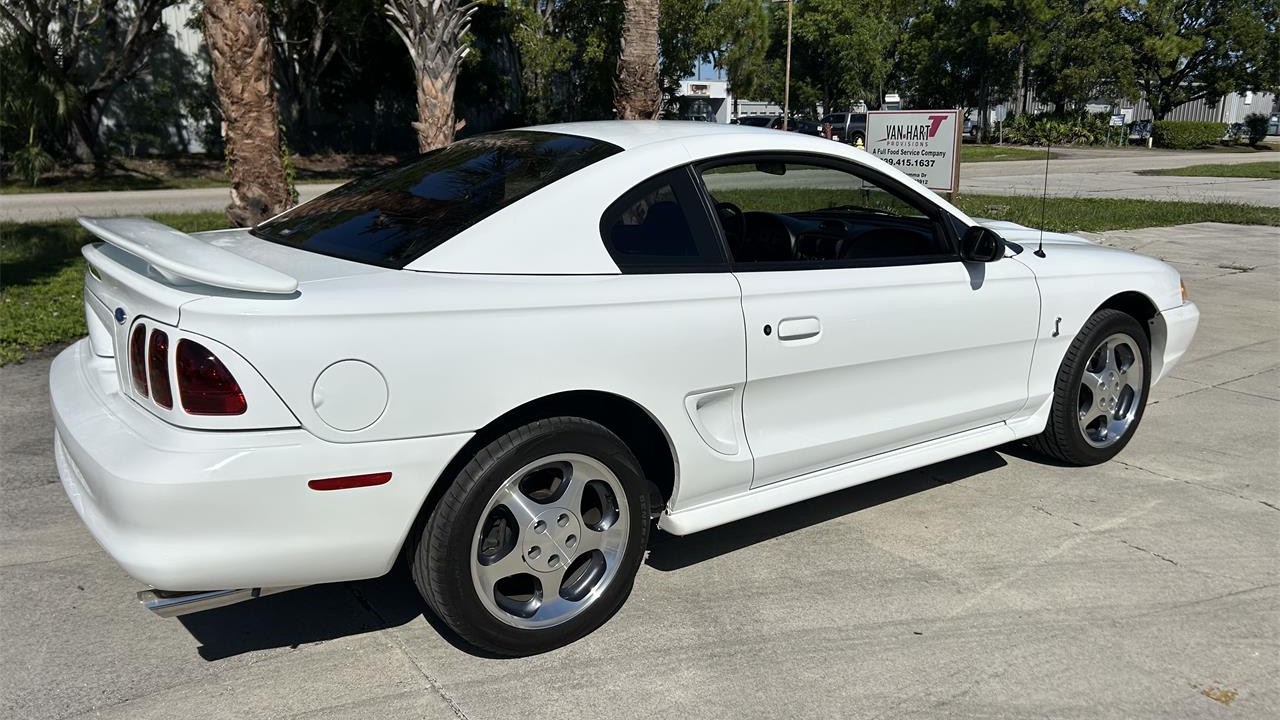
“Perfect condition throughout!” the listing says. “None nicer!” The car was reportedly stored in a climate-controlled environment its entire life, and it shows – even the undercarriage is spotless. Clearly this Mustang was collector-owned, and at this point it’s likely the vehicle will continue live the remainder of its life as a showpiece. After all, there can’t be many SVT Cobras out there with fewer than 3,000 miles on the odometer. The car shows just 2,538 total miles driven, and factory originality remains intact with exception of the tires, which were replaced due to age.
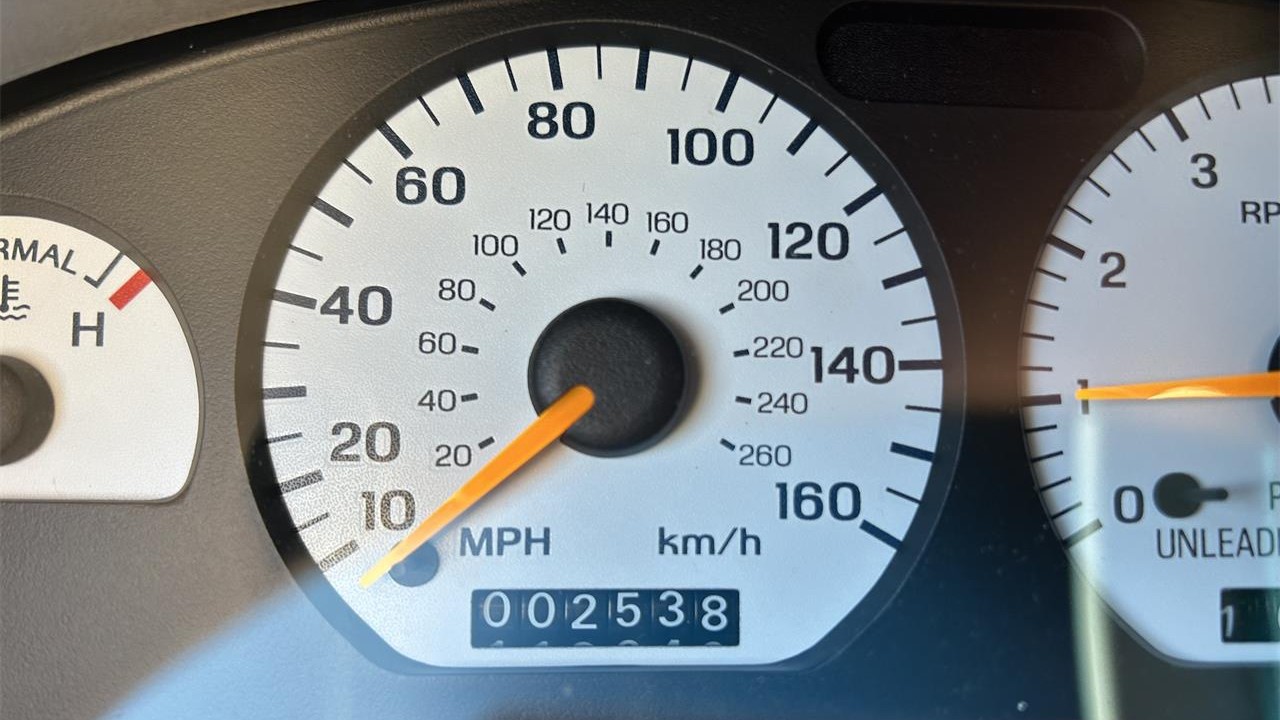
According to the included window sticker, this Crystal White Mustang was originally delivered to Park Cities Ford in Dallas. It carried a retail price of $26,645, which included the Preferred Equipment Package 250A: compact disc player, Mach 460 AM/FM stereo, anti-theft system, and leather seats. The car was relatively well-appointed with standard features for its time, offering a remote keyless entry, cruise control, air conditioning, dual power mirrors, interval wipers, and a leather-wrapped steering wheel.
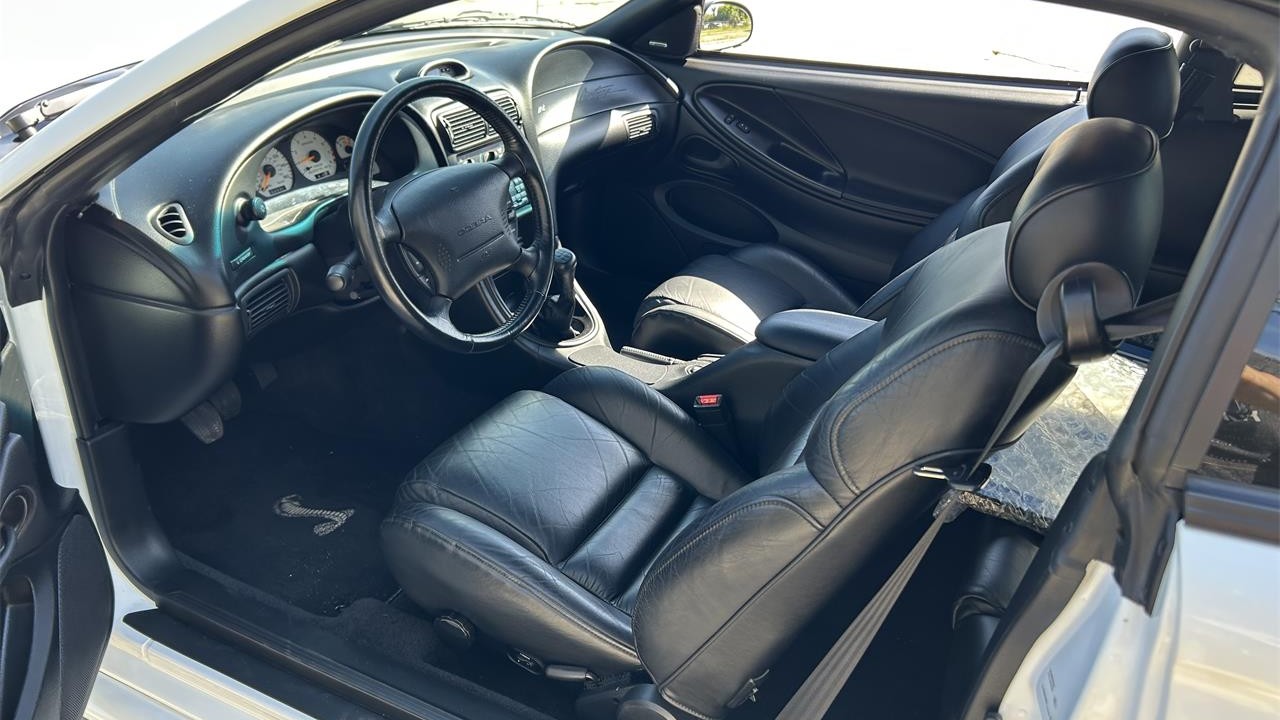
Included with the vehicle is a certificate from SVT stating the car is number 1,595 out of 7,496 vehicles of its type. Assembly took place in Dearborn, Michigan, on November 2, 1995, which means the car is officially coming up on exactly 30 years old.
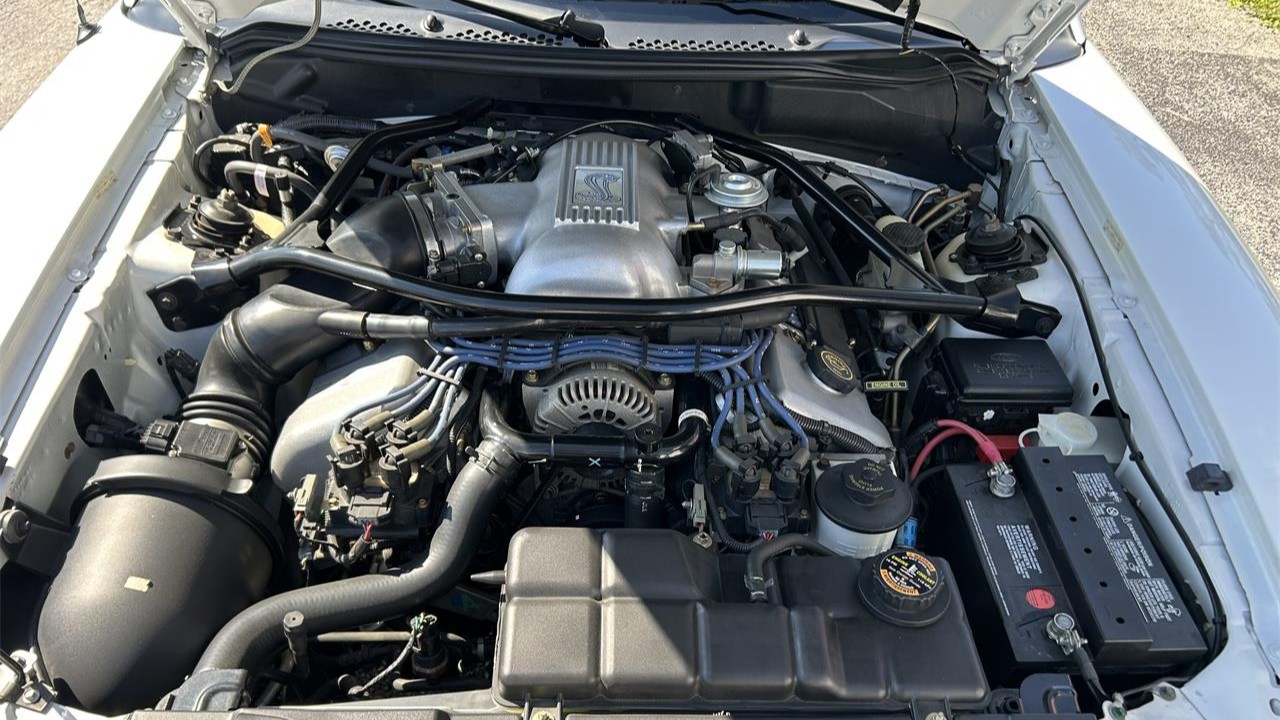
The Mustang’s fourth generation, which went under the codename “SN95” internally, saw production for model years 1994 through 2004. The SVT Cobra was a high-performance variant built by Ford’s Special Vehicle Team (thus SVT) and it ranked as the top-of-the-line model. A magazine ad for the Cobra said, “Never say whoa.” Ford encouraged drivers to push the performance limits of the car. With that in mind, acceleration came from a 32-valve “Modular” 4.6-liter DOHC V8 rated at 305 horsepower and 300 lb-ft of torque. A five-speed manual transmission and a “Traction-Lok” limited-slip axle sent power to the rear wheels.
Ready to get behind the wheel of a “new” three-decade-old Mustang? Look no further. The seller says the car “drives absolutely perfect,” and the asking price is $29,900.
Click here to view this Pick of the Day on ClassicCars.com









